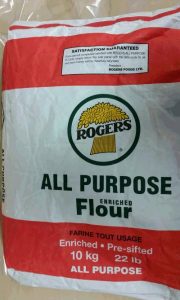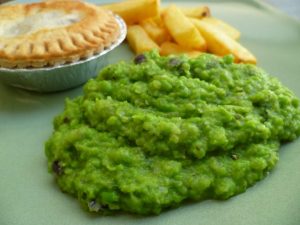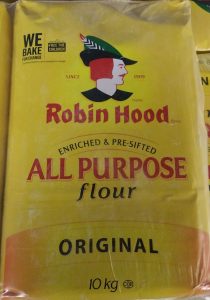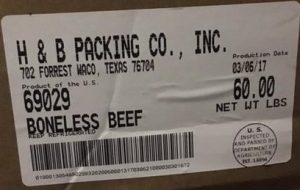safefood Ireland has joined the UK Food Standards Agency in providing terrible advice about how to cook burgers.
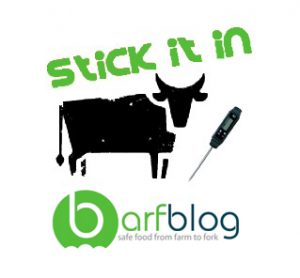 A recipe for summer beef burgers (may a fine solstice greet our Northern and Southern friends) endorsed by safefood says:
A recipe for summer beef burgers (may a fine solstice greet our Northern and Southern friends) endorsed by safefood says:
“Before serving, ensure that the burgers are cooked thoroughly. Cut into them with a clean knife and check that they are piping hot all the way through, there is no pink meat remaining and that the juices run clear.”
Meanwhile, FSA issued a Safe Summer Food guide as UK picnickers head out in the sun (there’s sun in the UK?). The guidelines were in part based results of a self-reported survey, which is largely meaningless but something FSA likes to do.
The Morning Advertiser has more details on the hoops FSA seems willing to jump through to ensure the safety of rare burgers including:
- sourcing the meat only from establishments which have specific controls in place to minimise the risk of contamination of meat intended to be eaten raw or lightly cooked;
- ensuring that the supplier carries out appropriate testing of raw meat to check that their procedures for minimising contamination are working;
- Strict temperature control to prevent growth of any bugs and appropriate preparation and cooking procedures;
- notifying their local authority that burgers that aren’t thoroughly cooked are being served by the business; and,
- providing advice to consumers, for example on menus, regarding the additional risk.
The advice from these self-proclaimed science-based agencies is at odds with, uh, science.
 It has been known for over two decades that color is a lousy indicator of safety in hamburger.
It has been known for over two decades that color is a lousy indicator of safety in hamburger.
The latest addition to this work comes from Djimsa et al. in the Dept. of Animal Science at Oklahoma State Univ., who wrote in the Journal of Food Science earlier this year that:
Premature browning is a condition wherein ground beef exhibits a well-done appearance before reaching the USDA recommended internal cooked meat temperature of 71.1 °C; however, the mechanism is unclear.
The objectives of this study were: (1) to determine the effects of packaging and temperature on metmyoglobin reducing activity (MRA) of cooked ground beef patties and (2) to assess the effects of temperature and pH on thermal stability of NADH-dependent reductase, lactate dehydrogenase (LDH), and oxymyoglobin (OxyMb) in-vitro.
Beef patties (lean: fat = 85:15) were packaged in high-oxygen modified atmosphere (HiOX-MAP) or vacuum (VP) and cooked to either 65 or 71 °C. Internal meat color and MRA of both raw and cooked patties were determined. Purified NADH-dependent reductase and LDH were used to determine the effects of pH and temperature on enzyme activity. MRA of cooked patties was temperature and packaging dependent (P < 0.05). Vacuum packaged patties cooked to 71 °C had greater (P < 0.05) MRA than HiOX-MAP counterparts.
Thermal stability of OxyMb, NADH-dependent reductase, and LDH were different and pH-dependent. LDH was able to generate NADH at 84 °C; whereas NADH-dependent reductase was least stable to heat.
The results suggest that patties have MRA at cooking temperatures, which can influence cooked meat color.
Effects of metmyoglobin reducing activity and thermal stability of NADH-dependent reductase and lactate dehydrogenase on premature browning in ground beef
Journal of Food Science, 2017 Feb, 82(2):304-313, doi: 10.1111/1750-3841.13606. Epub 2017 Jan 18.


